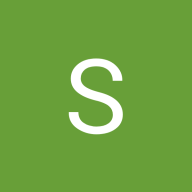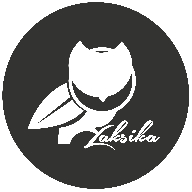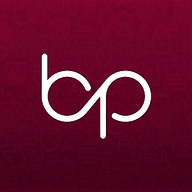Typography system for desctop&mobile app
This typography design system is crafted to ensure consistency, readability, and scalability across mobile and desktop applications. It provides a clear hierarchy, enabling users to easily understand and navigate the interface. Here's an overview of the font sizes for both platforms:
Mobile Typography
Designed to fit smaller screens, the mobile font sizes ensure clarity and usability without overwhelming the interface:
- Title (40px):
- Used for prominent headings or main titles to grab attention.
- H1 (32px):
- Ideal for section headers or key highlights.
- H2 (24px):
- Suitable for subheadings or less prominent headers.
- Subhead (20px):
- Used for secondary titles or supporting content.
- Body (16px):
- Standard size for the main text, ensuring readability.
- Caption (14px):
- For supplementary information, such as labels or descriptions.
- X-Small Caption (12px):
- For fine print, disclaimers, or less critical details.
Desktop Typography
Designed for larger screens, desktop typography scales up to enhance legibility and accommodate more content:
- Title (56px):
- Primary titles that establish the page's focal point.
- H1 (48px):
- Main headers used to introduce key sections.
- H2 (40px):
- Secondary headers for organizing content.
- Subhead (42px):
- Supporting titles with additional context.
- Body (20px):
- Primary content text for easy reading.
- Caption (14px):
- Ancillary details or descriptions.
- Small Caption (12px):
- Less critical information or fine print.
Why This Typography System?
- Hierarchy:
- Clear distinctions between text levels guide users effortlessly.
- Consistency:
- Uniform font sizes across the app enhance the brand's visual identity.
- Readability:
- Optimized sizes for mobile and desktop ensure a comfortable reading experience.
- Scalability:
- The system adapts seamlessly to various screen sizes and resolutions
Tools used
From brief
Topics
Share
Reviews
1 review
Love what you doing here, Doha. The number of font style is decent for most use cases in desktop and mobile. I would like to leave some of my suggestions below:
- Defining typography system is not about hierarchy, font size and font weight. Should you consider defining more with line height, character spacing,.. and even some examples of combining text style in a paragraph?
- I see there are 3 font weights used in the whole system. I wonder which specific ones are used for heading, body,... as default or they can be used interchangeably?
- I would be great if the project description is less random with bullet points as it is at the moment :D
Congrats to the project and wish to see more from you soon!
3 Claps
Average 3.0 by 1 person
You might also like
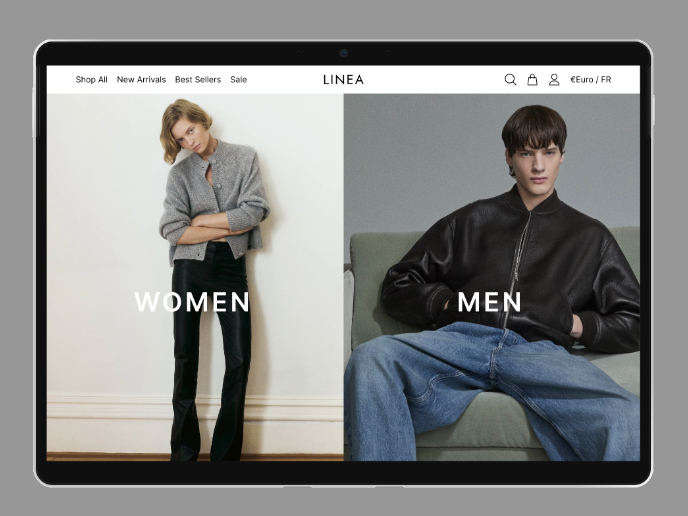
Project
L I N E A - Minimalist Fashion Brand
This project explores the creation of a high-impact landing page for LINEA, a minimalist fashion brand concept. The design focuses on clarit
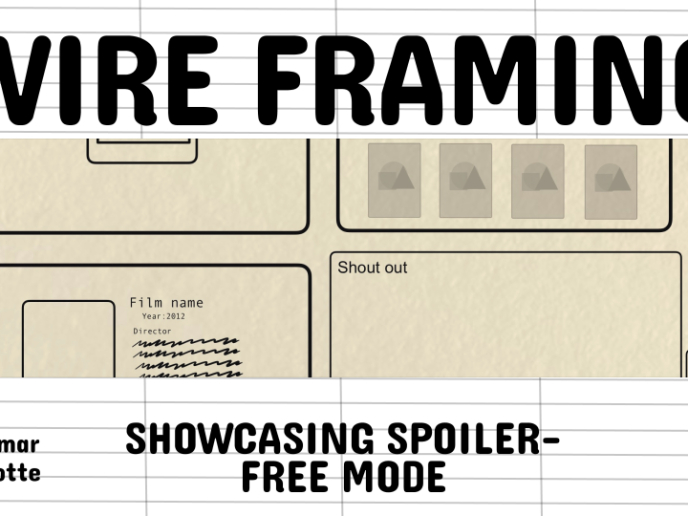
Project
Video Streaming Service wireframe: Spoil-free mode and Interactivity
For this project brief, I considered how watching movies has changed recently. While a movie gets released on a streaming service, people wi
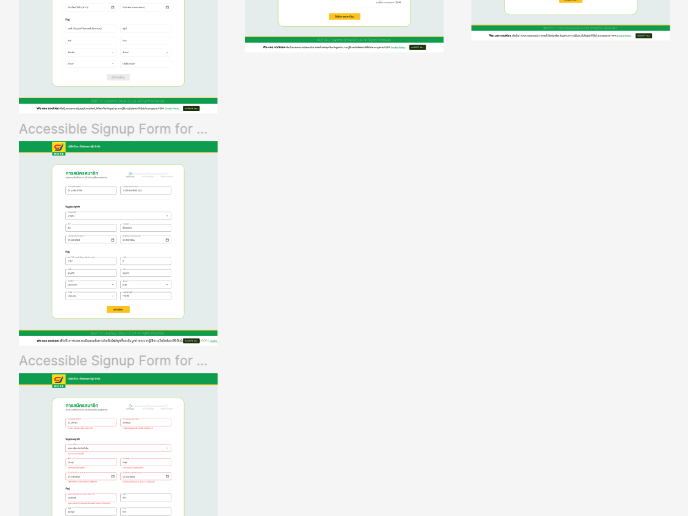
Project
Accessible Signup Form for SaaS Platform
Form
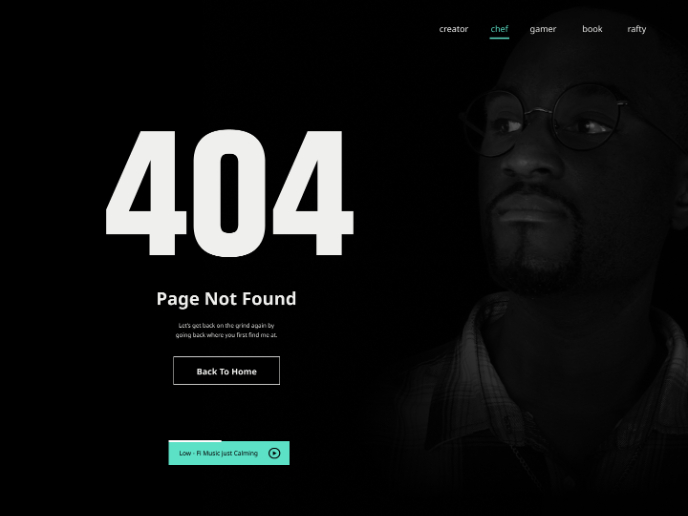
Project
404 for Personal Website
Hey Friend or Acquaintance, Happy Sunday Night, let's get back on that grind tonight and support our growth with a small movement of buildin
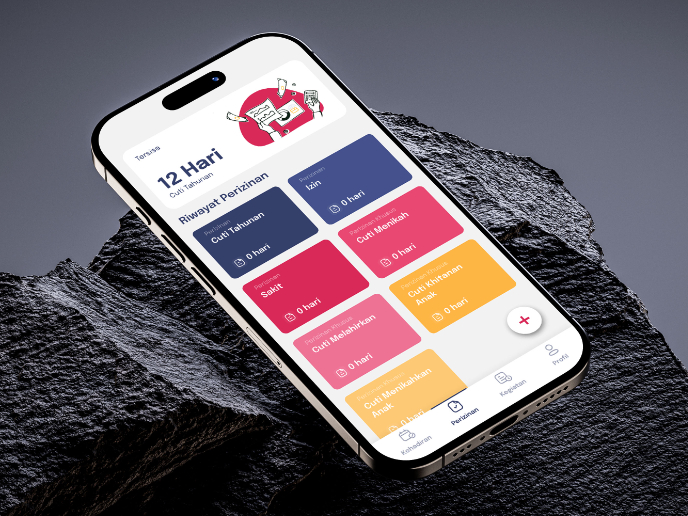
Project
SIPALA - Attendance, Leave, and Activity Management System
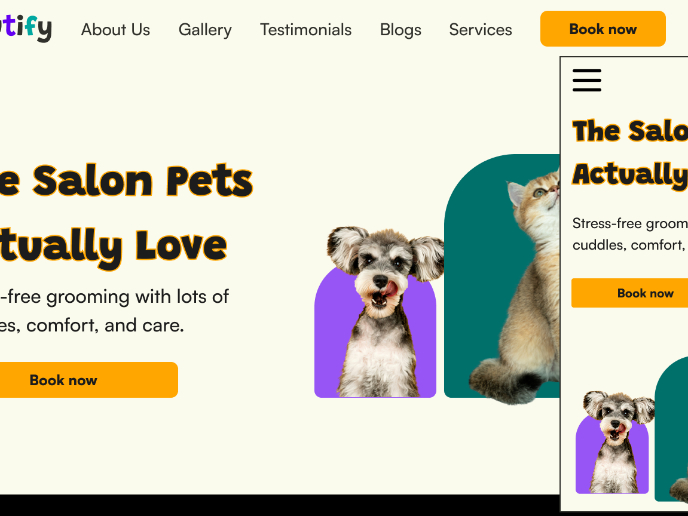
Project
Pawtify - Responsive Landing Page Brief
Description This is a landing page for a fictional pet salon called Pawtify, a modern, friendly pet salon brand designed to make grooming en
Visual Design Courses

Course
UX Design Foundations
Learn the essentials of UX design to build a strong foundation in core principles. Gain practical skills to support product development and create better user experiences.

Course
Introduction to Figma
Learn essential Figma tools like layers, styling, typography, and images. Master the basics to create clean, user-friendly designs

Course
Design Terminology
Learn UX terminology and key UX/UI terms that boost collaboration between designers, developers, and stakeholders for smoother, clearer communication.





